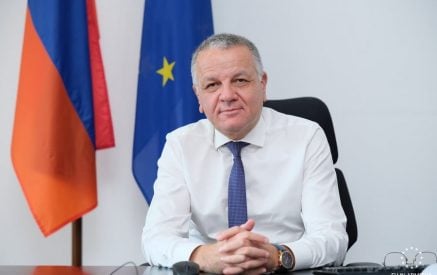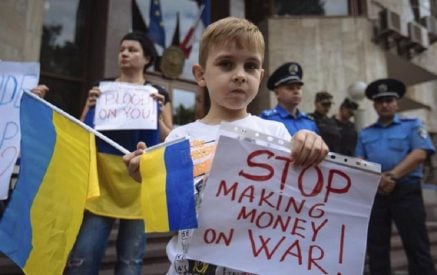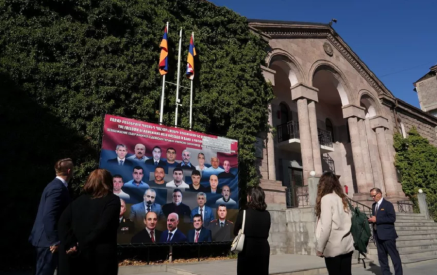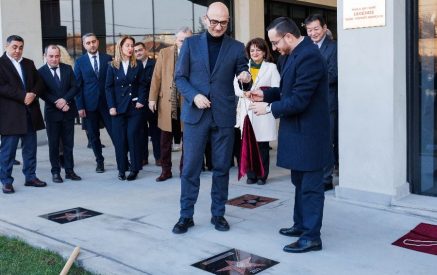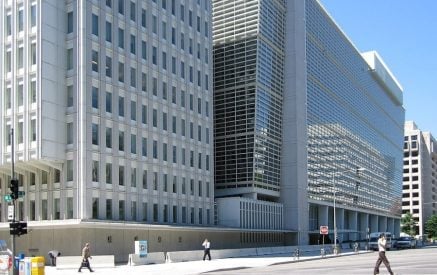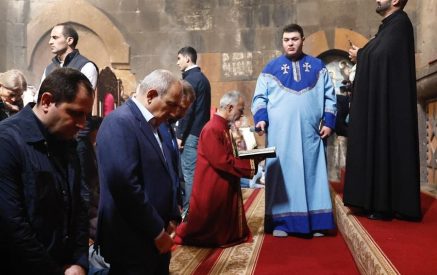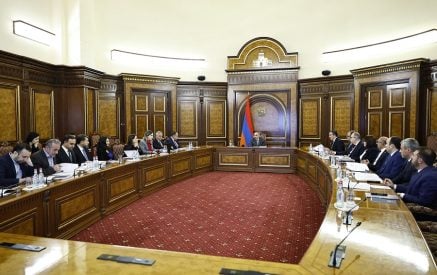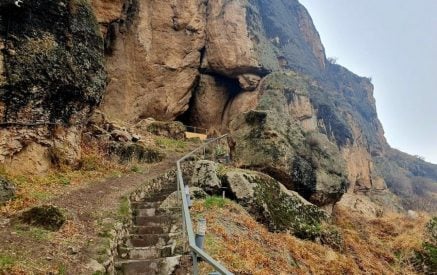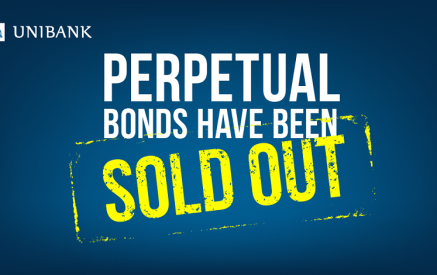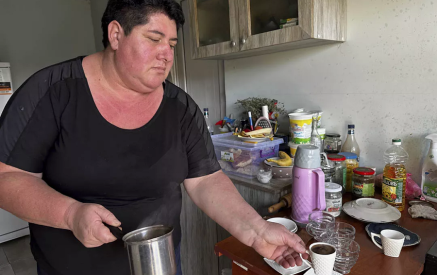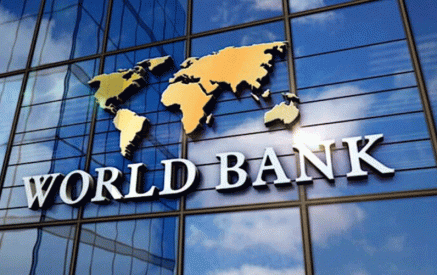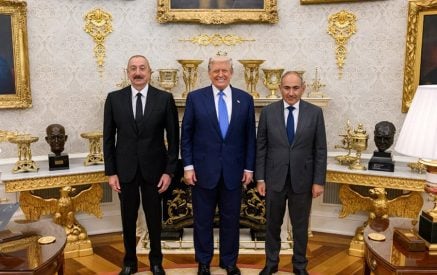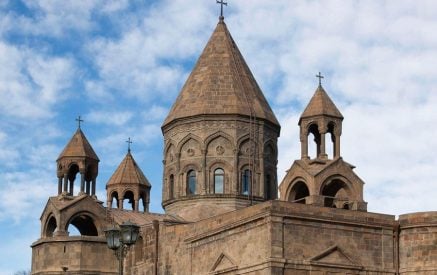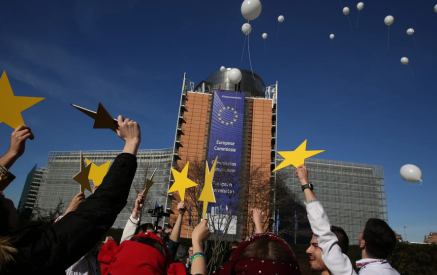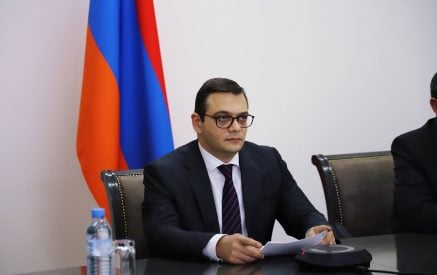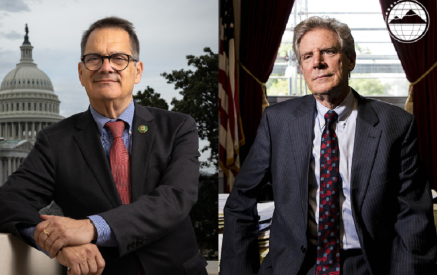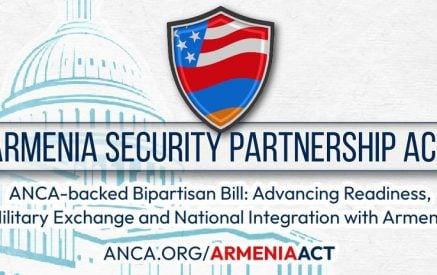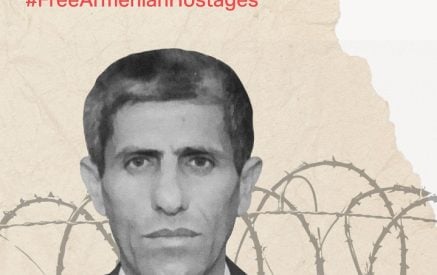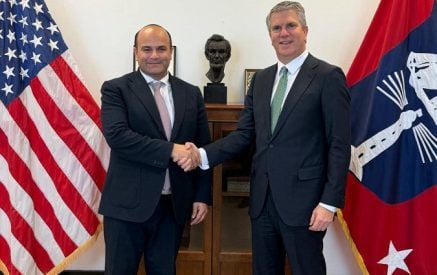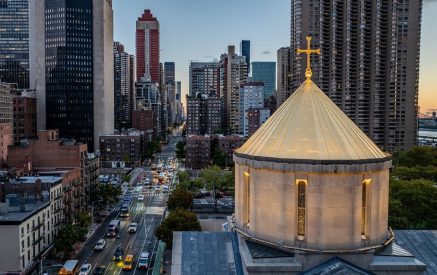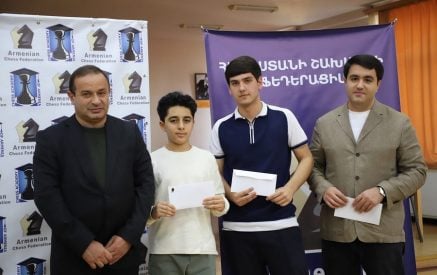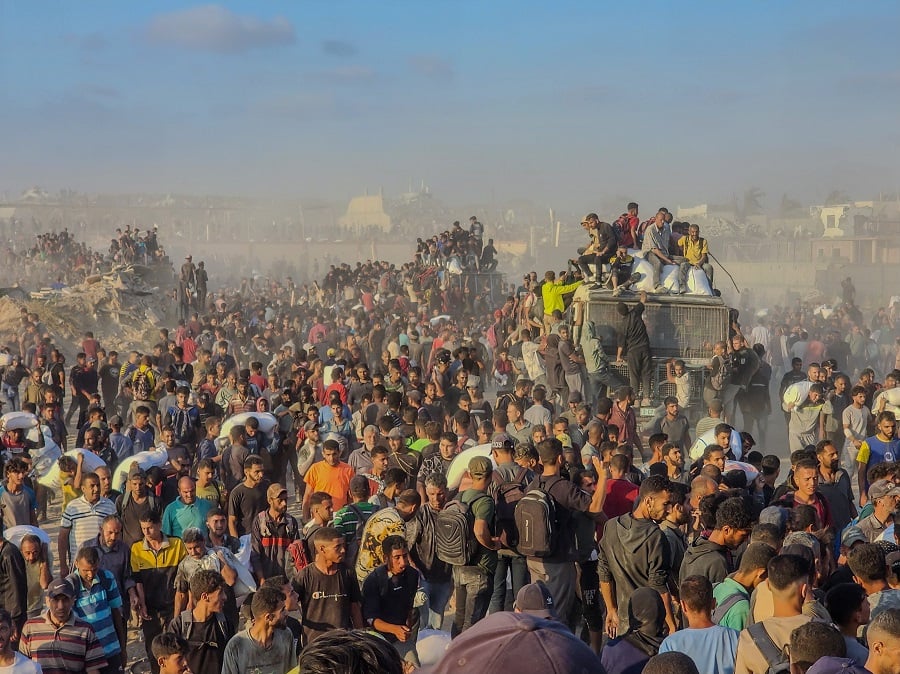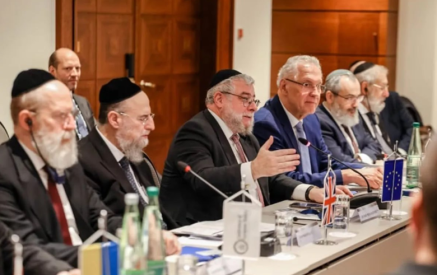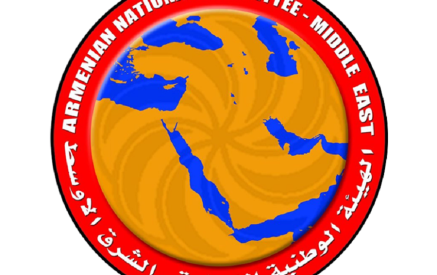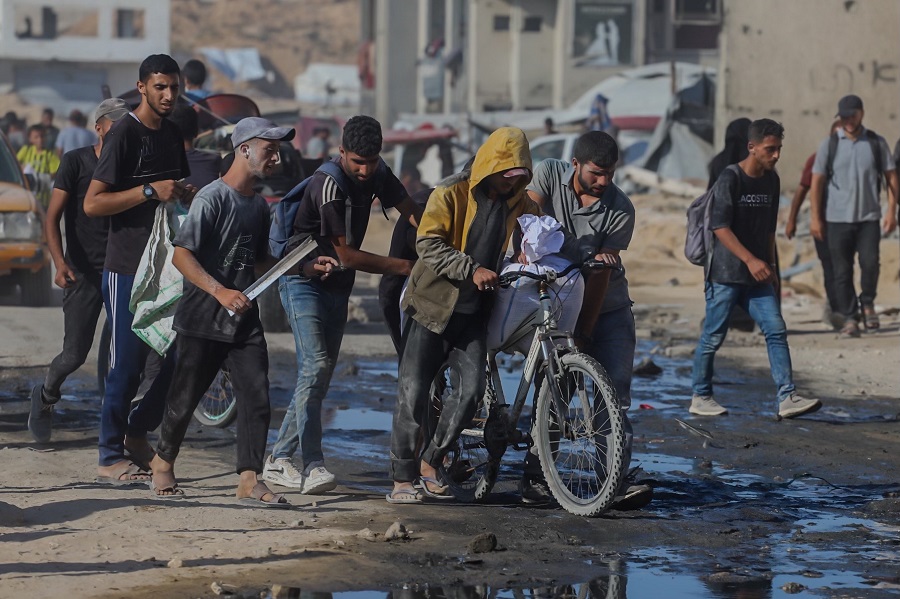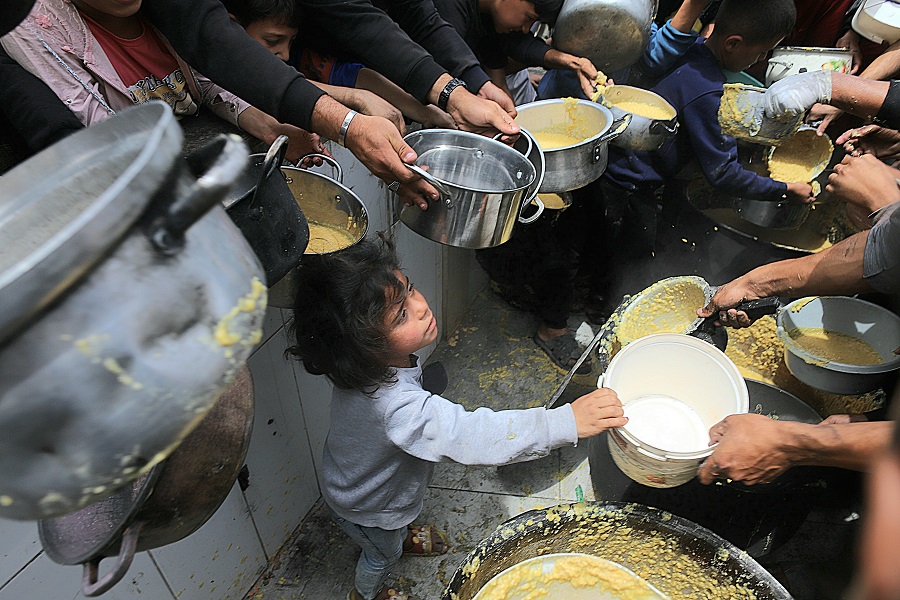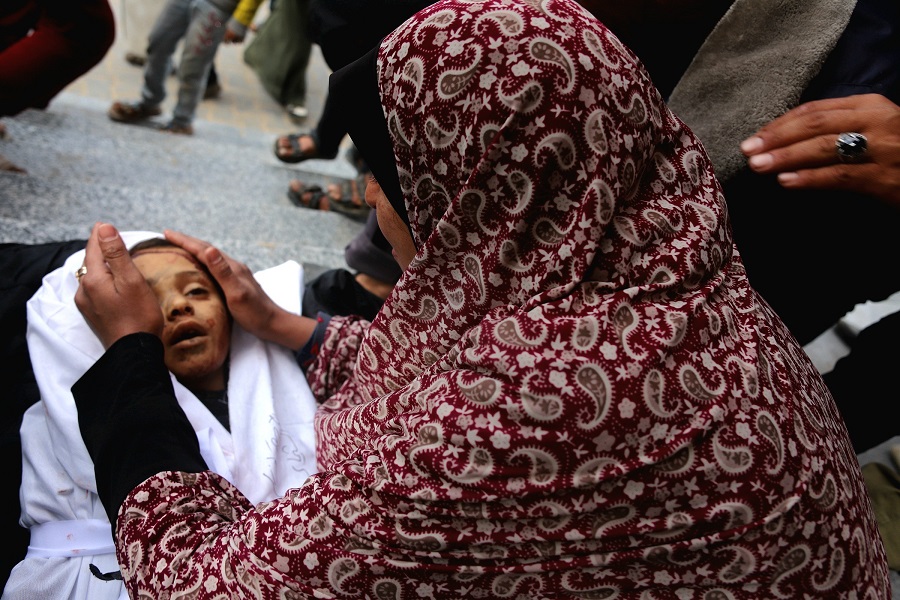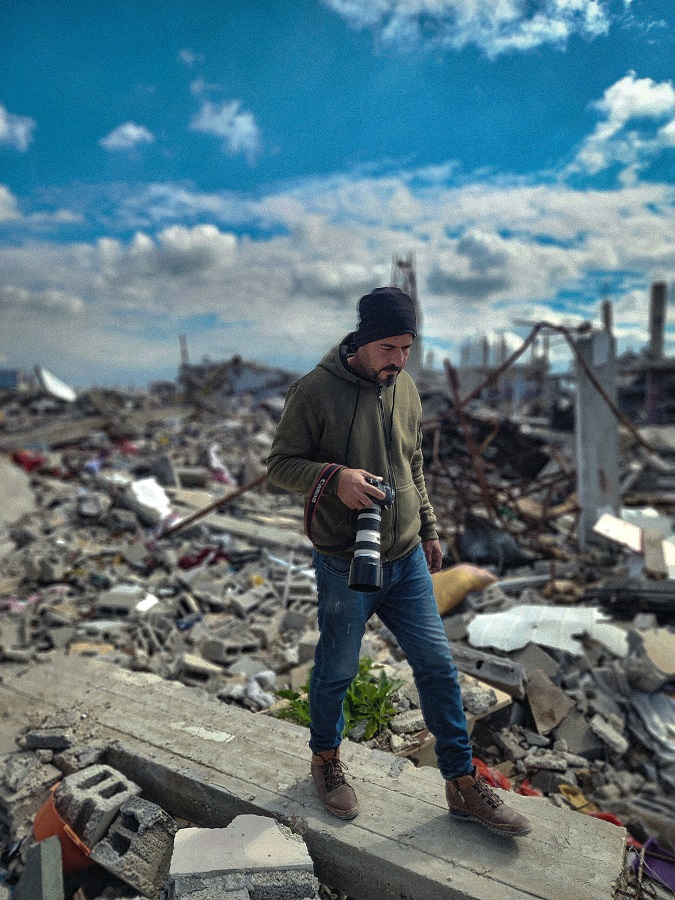Witnessed dawn? No guarantee you’ll witness dusk, Palestinian photojournalist Ramez Habboub shares in his exclusive interview with Aravot.
All are aware of the destruction in besieged Gaza, but the real scale of catastrophe unfolding for the 2.1 million Gazans is often impossible to communicate to the reader.
Aravot: How would you describe daily life in Gaza– the bombardments, the deaths, the killings, and the things which we do not hear about outside Gaza?
Ramez Habboub: Living here means checking on your neighbors each morning to make sure they’re still alive and hearing about entire families erased from the civil registry in a single second.
Read also
It means living most of the time without electricity, searching for clean water and finding none, and cooking over firewood amid the rubble of destroyed homes.
At night, there is no real sleep — only waiting for the sound of a missile that might change everything. And the fear never leaves your heart: fear for your children, your home, yourself.
What the world doesn’t hear about are the living trapped under rubble with no one able to save them, and mothers sitting for hours beside the bodies of their children because ambulances can’t reach them.
It’s a life surrounded by constant death and a relentless struggle to hold on to hope — even when everything around tells you there’s no room for hope here.
– God willing, peace will one day return to Palestine. The country can be physically recovered through reconstruction, but will your generation, will today’s Palestinian children ever be able to recover psychologically from what they have endured for nearly two years now– starvation, displacement, bombs, drone strikes, deaths of friends, relatives, neighbors?
– Children in Gaza today have grown up in a world that doesn’t know safety: the sounds of drones and shelling were part of every detail of their childhood; they lost friends and relatives before their eyes, endured displacement, fear, and hunger, and watched their homes turn to rubble.
This generation will carry unerasable memories: the cries of grieving mothers, children’s remains under the ruins, and the terror of long nights without power or shelter. These traumas don’t disappear when the war ends; they become part of their memory and psychological makeup.
– Given the starvation and the Israeli attacks, is the goal of a Gazan today simply to survive? Do schools, other educational institutions, mosques, churches, and cultural centers operate at all?
– The main and often only goal for most people in Gaza is simply to stay alive — to find a piece of bread or a sip of clean water, and to survive daily airstrikes.
As for schools, educational institutions, cultural centers, mosques, and churches, most have been completely destroyed or severely damaged… Education has almost completely stopped for a long time now; there’s no regular schooling and no suitable environment for learning amid mass displacement and infrastructure collapse….
In short: cultural, educational, and religious life in Gaza is now almost completely halted, because today’s only priority is surviving one more day of hunger and bombardment.
– You are a photojournalist. Do I understand correctly that your life is at risk nonstop? What motivates you to work? Is it a sense of obligation and duty? What kind of importance do you attach to the role of photojournalism during this aggression?
– Yes, my life is in constant danger — this is no exaggeration. I move between areas of bombing and destruction, sometimes arriving before the ambulances themselves….
What drives me is a deep sense of responsibility: to document the truth as it is, to show the world what it can’t see. These photos may be the only evidence of what happened here….
I feel my role is more than just being a photographer; I’m a witness to the tragedy of an entire people, and a voice for victims who have none. A photo isn’t just a frame — it’s testimony told for history.
In the midst of this fear and daily losses, documenting is a form of resistance. Even if photos can’t stop the bombing, they tell the truth and confront lies and neglect. That’s why I continue, despite the pain and the constant danger.
– How do you and your family live your daily life? What do you think, feel, experience?
– Today I live a life unlike anything I’ve ever known before. I lost my home and equipment under the bombardment — everything I worked for over the years vanished in a moment. I’ve been displaced with my family more than once….
We ended up living in a tent, a very primitive life: long lines for unclean water, scraps of bread barely enough for the children, scorching heat by day and unending fear by night.
The hardest part isn’t losing the house and gear, but completely losing any sense of safety. We no longer have a place we can call “safe.” Every sound of a plane overhead could mean the end.
Yet despite displacement, loss, and exhaustion, I still hold on to my camera — or even a broken phone — and try to capture what I can. I feel it’s the only thing I can do: to witness, to document, to show the world what is happening to us.
It’s true we lost our homes, but we haven’t lost our voice, even if it comes from inside the tents.
– Armenians recently witnessed a similar tragedy. After a 9-month siege, 120,000 Armenians were forced out of their millenia-old historical homeland of Nagorno-Karabakh by Azerbaijan. Why do so many tragedies occur today– in the 21st century– when there are supposed international mechanisms that intend to prevent criminal wars of aggression and genocide?
– It’s true that we have international laws and institutions like the United Nations, but they are often applied selectively, based on the interests of major powers.
Law alone isn’t enough without genuine political will and the courage to enforce it; that’s why tragedies like what happened in Nagorno-Karabakh or what is happening now in Gaza continue, while the world limits itself to condemnations and statements.
The laws exist, but the absence of real justice and honest international pressure makes them powerless to stop crimes and genocide.
Context
At least 122 Gazans have starved to death since October 2023. The United Nations Relief and Works Agency for Palestinian Refugees in the Near East (UNRWA) operated 400 aid distribution sites in Gaza. By May, those were shut down by Israeli demand. The two million residents of the 363 km2 territory now access aid from just four points– all operated by the Israel and U.S.-backed Gaza Humanitarian Fund (GHF), which was established in February.
Gazans queuing for rice, lentils, beans, pasta, and bread are targeted by the IDF. The number of people gunned down by Israeli fire exceeds a thousand. 21 Palestinians died from a stampede in aid lines on July 16.
Newborns are especially vulnerable. Israel restricts entering baby formula to the Strip.
Foreign policy chiefs of the UK, Australia, Canada, France, and 24 other countries stressed in a July 21 joint statement the imperative to halt immediately the war in Gaza.
“The suffering of civilians in Gaza has reached new depths. The Israeli government’s aid delivery model is dangerous, fuels instability and deprives Gazans of human dignity. We condemn the drip feeding of aid and the inhumane killing of civilians, including children, seeking to meet their most basic needs of water and food,” the statement reads.
The death toll in Gaza is nearing 60,000 since the attack on Israel by Hamas on October 7, 2023. International human rights organizations such as Amnesty International and Human Rights Watch resort to the term ‘genocide’ while describing Israel’s actions in Gaza.
The Arabic broadcaster Al Jazeera terms the worsening malnutrition a genocide by starvation.
Arsen AIVAZIAN
Photos were provided by Ramez Habboub






